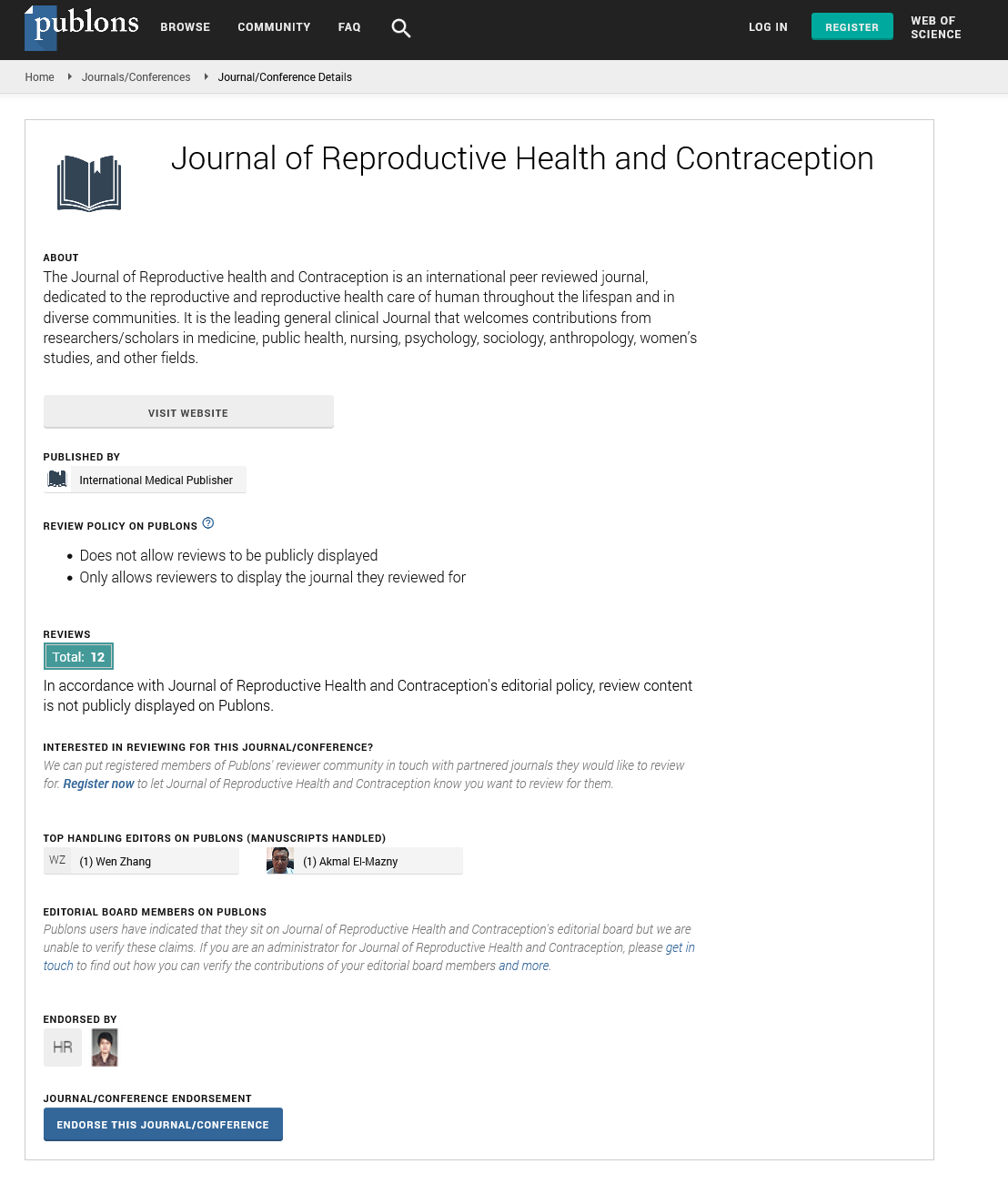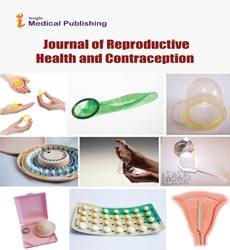Abstract
Knowledge, Practices and Influencing Factors Regarding Use of Contraceptive Methods among Rohingya Refugee Adolescent Girls in Cox's Bazar, Bangladesh: A Cross Sectional Mixed Method Study
Introduction: Knowledge on the use of contraceptive in humanitarian setting still pose a huge challenge due to the fact that there are wide range of competing priorities coupled with low education among the refugees. It was also shown in this study that, there are significant knowledge gap with cultural, religious and societal influences that contribute to the low level of practice of contraception amongst the Rohingya adolescent refugee girls. This has therefore contributed to the significant negative perceptions already established toward contraceptive use. This study therefore looked at the knowledge, practices and influencing factors related to contraceptive use among the Rohingya adolescent refugee girls.
Method: This was a mixed-method study of a cross-sectional survey with 340 adolescent girls, IDIs with 8 husbands of adolescent girls and 2 FGDs (one each with married and unmarried adolescent girls). For quantitative, a multi-stage sampling was done and five camps were randomly selected followed by a CFS in which adolescent girls were conveniently selected and interviewed around the pockets of that CFS. For qualitative, IDIs were done by purposively selecting husbands of adolescent girls involved in the survey while the FGDs were also done by purposively selecting one group each of married and unmarried adolescents involved in the survey. Data was collected using the survey CTO open data kit electronically.
Result: It was found that there is a huge knowledge gap between the married and unmarried adolescent girls in terms of contraceptive use with over 96% of contraceptive users been married. The most common contraceptive type was Depo-Provera and oral contraceptive pills. Husband’s decision, religious belief, family/community influence, societal stigma and fear of side effects were among major influencing factors.
Conclusion: This study has indicated that adolescents in this population lack proper knowledge, deprived from access and culturally succumbed to the status quo of contraceptive use. Breaking the barriers means doing extensively peer education, social marketing, engaging the leadership (religious and cultural) and improving level of formal education among the adolescents.
Author(s): Samuel Saidu
Abstract | Full-Text | PDF
Share this

Google scholar citation report
Citations : 201
Journal of Reproductive Health and Contraception received 201 citations as per google scholar report
Journal of Reproductive Health and Contraception peer review process verified at publons
Abstracted/Indexed in
- Google Scholar
- China National Knowledge Infrastructure (CNKI)
- WorldCat
- Publons
Open Access Journals
- Aquaculture & Veterinary Science
- Chemistry & Chemical Sciences
- Clinical Sciences
- Engineering
- General Science
- Genetics & Molecular Biology
- Health Care & Nursing
- Immunology & Microbiology
- Materials Science
- Mathematics & Physics
- Medical Sciences
- Neurology & Psychiatry
- Oncology & Cancer Science
- Pharmaceutical Sciences


